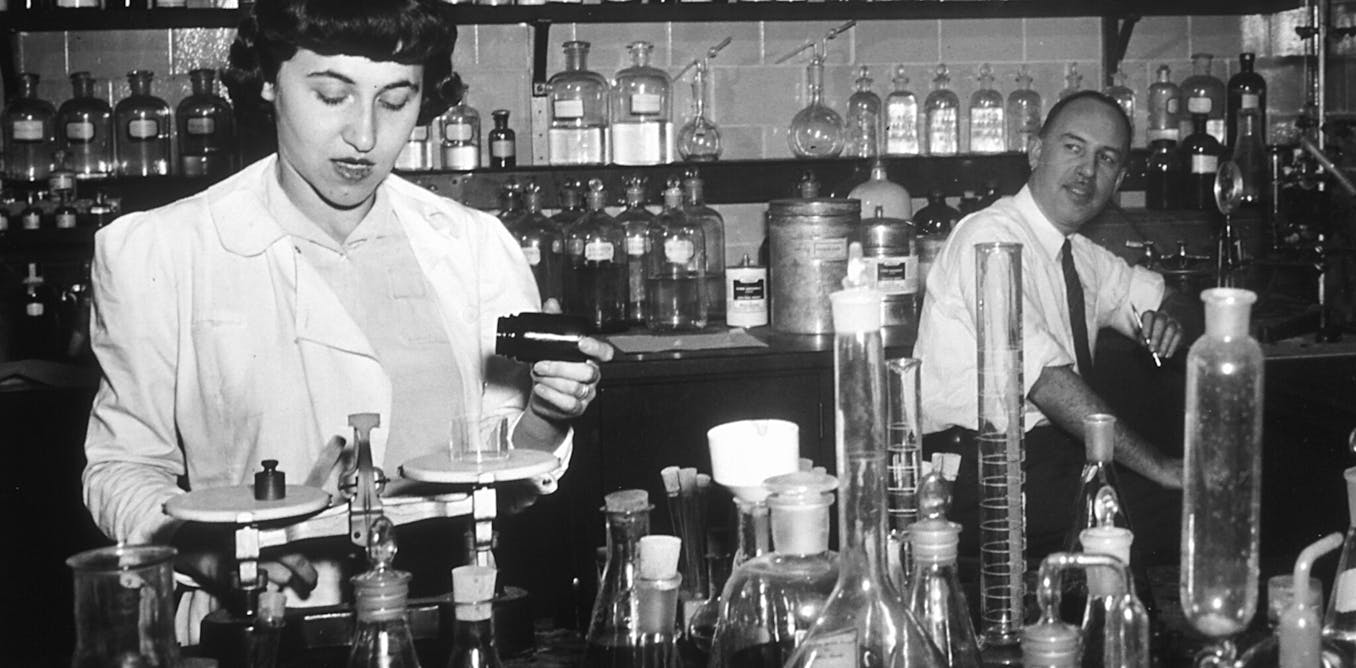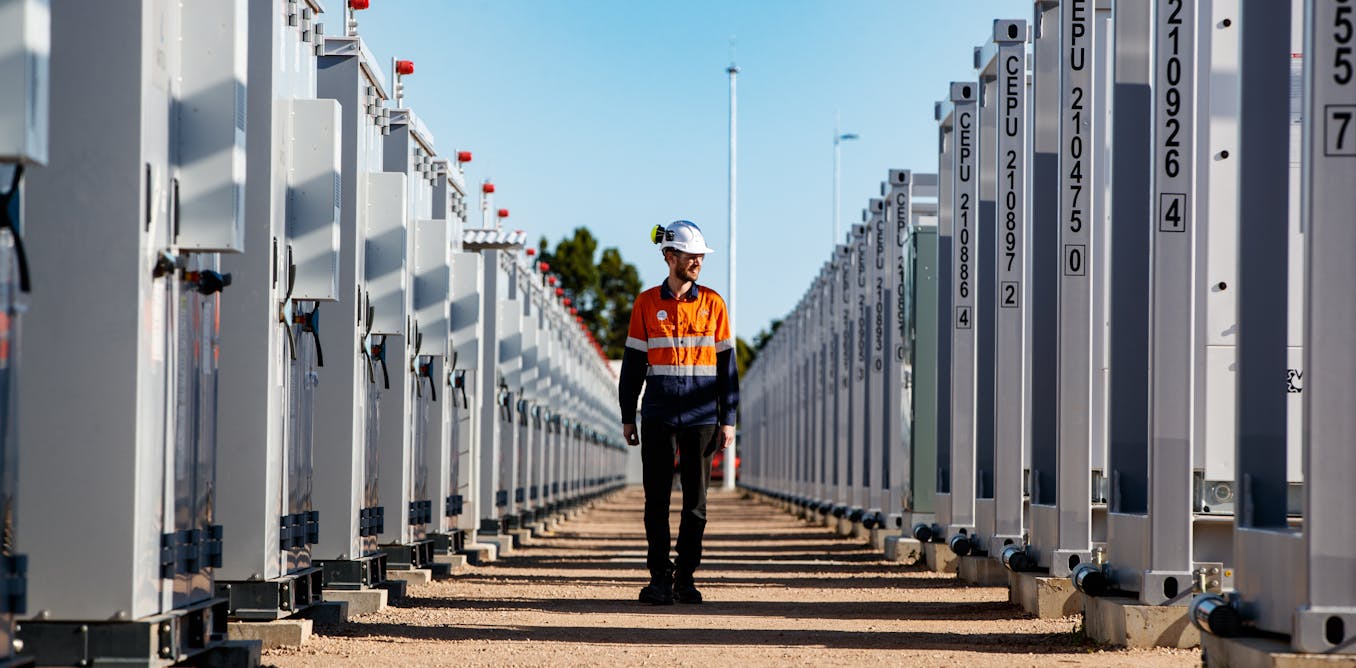It seems like something right out of Doc Brown’s garage in Back to the Future: a rechargeable battery made with depleted uranium. But that’s exactly what researchers in Japan have built.
Scientists at the Japan Atomic Energy Agency (JAEA) say their uranium battery could help renewable energy sources such as wind and solar farms to provide a stable energy output by serving as a potential alternative to large-capacity lithium-ion batteries. They also say their battery is the first of its kind in the world and they have verified its charging and discharging performance. While still in the early stages of development, the technology could turn nuclear waste into a resource.
Japan’s nuclear power industry has left a legacy of 16,000 tonnes of depleted uranium, which is created as a byproduct of nuclear fuel production. In the United States, by comparison, the Department of Energy stores about 750,000 tonnes.
For uranium to be used as a fuel in reactors, it goes through an enrichment process that yields both enriched uranium and depleted uranium, which has lower amounts of the fissile isotope U-235. Depleted uranium is weakly radioactive; however, its chemical toxicity is similar to that of natural uranium, and it can cause kidney damagein high doses. Still, depleted uranium has found many uses due to its density, including in armor-piercing rounds and radiation shielding for medical applications. Now, the JAEA researchers say depleted uranium also could be used in batteries.
The JAEA announced the development in March, and provided a rough outline of the battery technology. While the agency declined to say when or where a paper with more details on the technology would be published, they confirmed some aspects. Specifically, the prototype is a flow battery, a form of energy storage that has been proposed for intermittent renewables like wind and solar. Flow batteries store energy in two tanks of liquid electrolyte solutions, one positively charged and the other negatively charged, with larger tanks providing more capacity.
The solutions are pumped into the battery stack, where they react at the electrodes and generate electricity. In the prototype, uranium was used as the active material for the negative electrode, and iron as the active material for the positive electrode. The battery’s electrolyte solution is a mix of organic solvent and a salt containing both positive and negative ions that is liquid at temperatures under 100 °C.
Uranium Battery Prototype Development
Rechargeable uranium batteries had been proposed roughly 25 years ago by Yoshinobu Shiokawa of Tohoku University and Hajimu Yamana and Hirotake Moriyama of Kyoto University. According to Kazuki Ouchi, an assistant principal researcher at JAEA, including iron in the design was a key part of the new prototype. Specifically, using iron ions with different states of oxidation helped stabilize the electrolytic solution. Using iron as an electrolyte was a key part of the invention. By…
Read full article: Depleted Uranium Battery: Turning Nuclear Waste into Power

The post “Depleted Uranium Battery: Turning Nuclear Waste into Power” by Tim Hornyak was published on 04/12/2025 by spectrum.ieee.org





































Leave a Reply